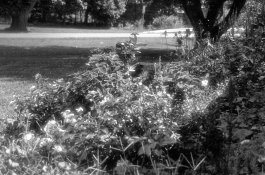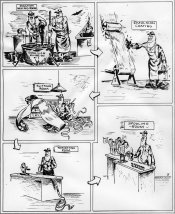I hope you all have fun at the Open Studio Saturday.
As for being hard, I am merely being accurate in terms of "might" vs "will" in what I write. As for the workshop, it is intended to be very comprehensive. Please note that it is 4 days long, not 3. And, common sense would tell us that making an emulsion and then doing nothing with it would not be very useful. Of course we will expose by a variety of methods and then process the exposed materials.
We made a batch of the emulsion last week here at my home for testing, and we are training two interns to work with us during the workshop, which we expect to be a big success. The person in the photograph is from the west coast and is an avid photographer.
AAMOF, I have a lot of 120 coating and "packaging" material here, but I do believe that 4x5 plates and films have a very big future in analog photography, both manufactured and do it yourself. One of the big problems with 120 is, as you say Denise, edge fog. Real 120 backing is feathered along the edge and is overwidth to prevent fogging. Take a look at real 120 paper and you will see what I mean.
No Kodachrome yet though!

We are pretty far off topic.
PE








 ) is very satisfied with my progress.
) is very satisfied with my progress.


 )
)

